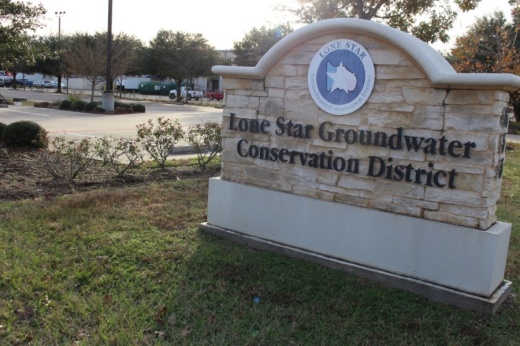The Lone Star Groundwater Conservation District, an entity that regulates groundwater usage in Montgomery County, adopted new groundwater rules in September, a change that will affect the amount of groundwater entities can now pump.
Since 2016, certain entities that use groundwater in Montgomery County were required to cut back their usage by 30%. The new rules authorize the district to institute cutbacks if needed in the future.
However, some are concerned that without the cap, Montgomery County could pump an excessive amount of groundwater, which could deplete aquifers at a faster rate.
“The new LSGCD rules place Montgomery County in the crosshairs of a critical decision on the future of groundwater,” said Jim Stinson, The Woodlands Water Agency general manager. “Should groundwater be managed on a regional basis that has widespread public benefits? Or is groundwater a private property commodity where everyone ... [has] pumping rights that adversely impact others?”
Background
In 2010, the city of Conroe and a number of other large-volume water users countywide entered into an agreement with the San Jacinto River Authority to reduce their groundwater usage to 70% of their 2009 demand by January 2016.
However, the city of Conroe and other stakeholders filed a lawsuit challenging the LSGCD's groundwater regulations in 2015. After various legal proceedings, it was ruled that the reduction rules were found to invalid, and the district had to revoke the restrictions.
As part of the Groundwater Management Area 14, the district is considering a new desired future condition, or DFC, for the Gulf Coast Aquifer System. A DFC is a long-term goal for the aquifer, such as to maintain aquifer levels for the next 50 years.
The proposed DFC will establish a new volume of available groundwater instead of the current 64,000 acre-feet per year. the proposed DFC will be voted on by groundwater conservation districts in GMA 14. A final DFC will be adopted in January 2022.
Immediate and long-term effects
The immediate effect of the LSGCD’s new rules is entities are no longer restricted to the 70% cap. For example, the city of Montgomery will be able to increase its usage from the Jasper Aquifer from 65 million gallons of water per year to 92 million, City Administrator Richard Tramm said.
“We don’t have to watch as closely the amount of water we are pumping out,” Tramm said.
The change will likely not affect water rates, he said.
In the long term, increased groundwater usage may lead to subsidence, or gradual sinking of the earth due to excessive pumping, said Mike Turco, the general manager of the Harris-Galveston Subsidence District. Data from the subsidence district shows land-surface elevation across Montgomery County has been trending downward, with some records dating back to 2005. In 2015, the subsidence rate stabilized in some areas when surface water was introduced as a source of water. The total subsidence in some areas of southern Montgomery County has been about half a foot per decade.
“We’ve seen the amount of subsidence that has occurred when groundwater is not regulated,” Turco said. “The concern is with the absence of that ... the [subsidence] rates will go back to what they were.”
According to the LSGCD, it is difficult to discern whose pumping—such as Harris or Fort Bend counties—may be contributing to subsidence in southeastern Montgomery County. The district is working on a subsidence study focused only on Montgomery County.
Vanessa Holt and Kelly Schafler contributed to this report.





